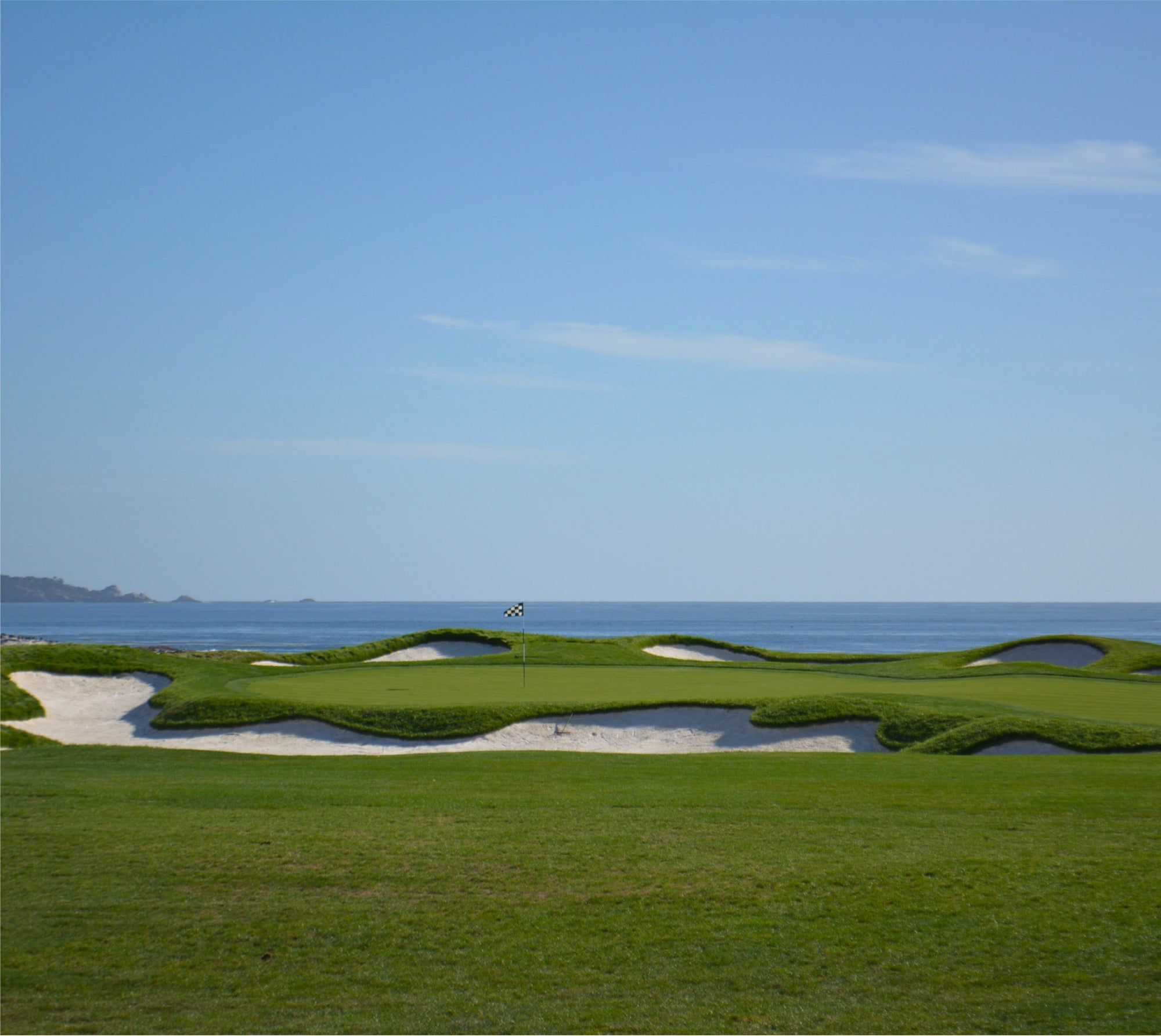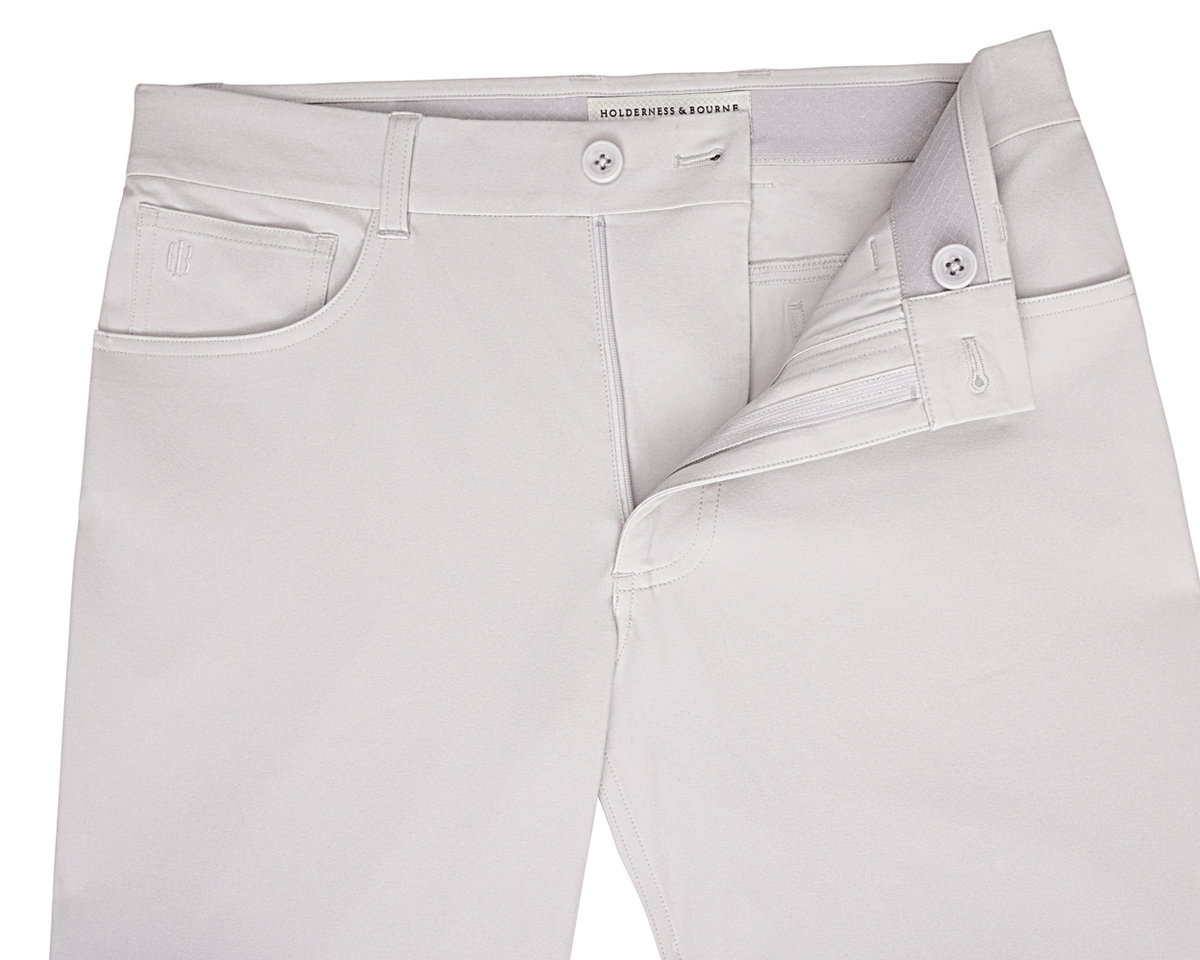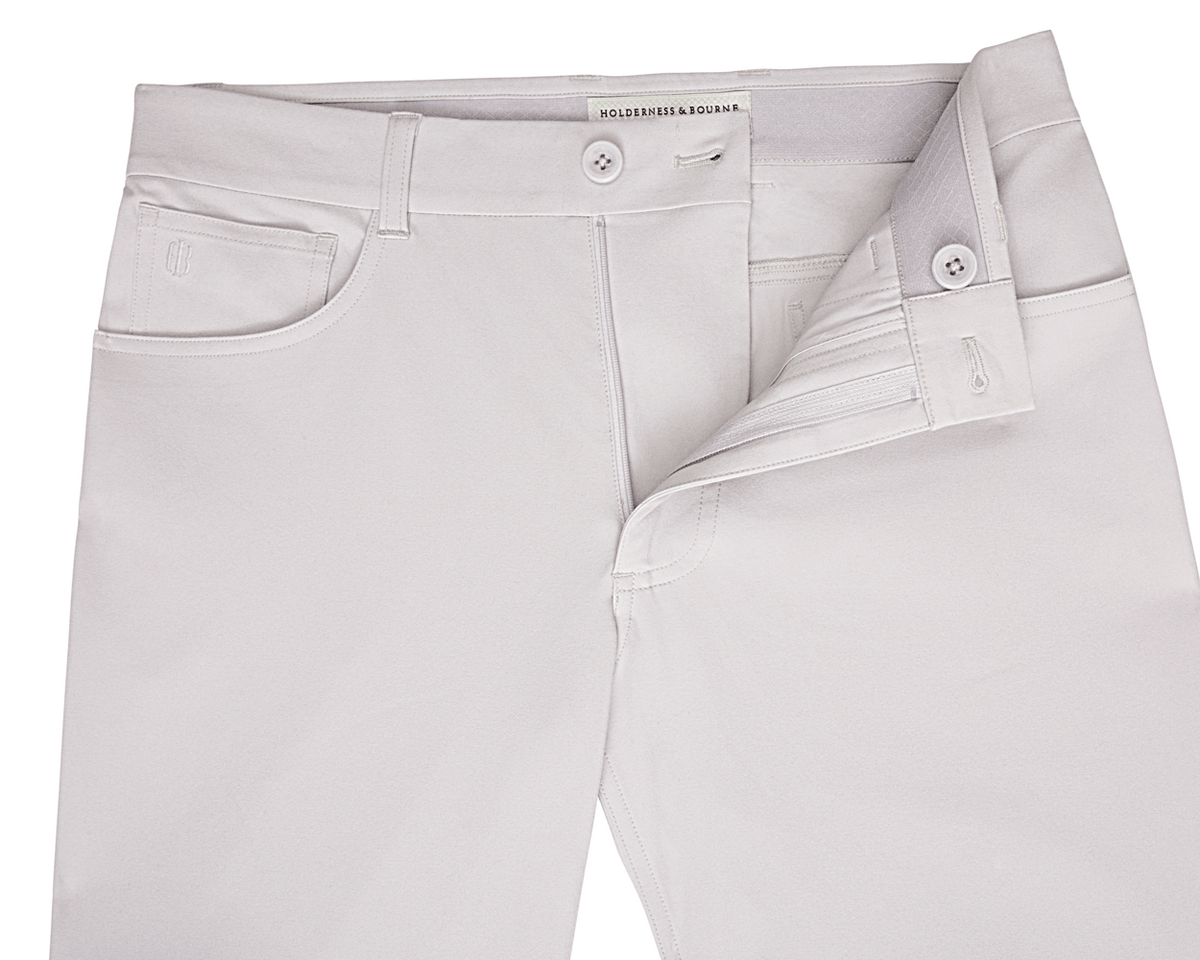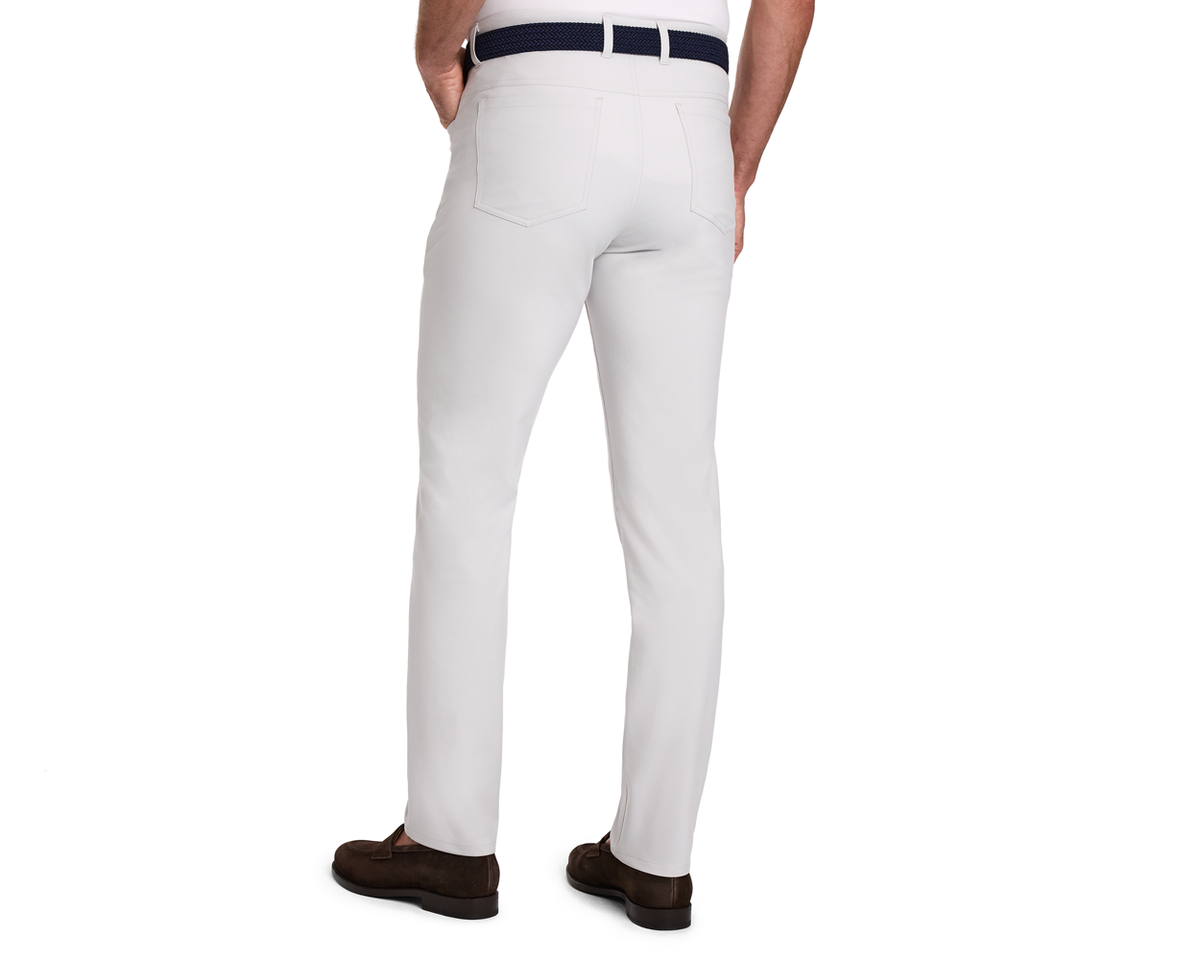
College football’s Rose Bowl Game is lovingly nicknamed “The Granddaddy of Them All.” But when the first Rose Bowl was contested back in 1902, The Open Championship was already well into its fifth decade. It owns a deservedly lofty place in the pantheon of world sport, and its history is studded with legendary figures, revered golf courses, and extraordinary finishes.
First Things First -- What’s In a Name?
The tournament is called The Open Championship (or the Open, for short). It is emphatically not called The British Open, or (even worse) The British. At his old blog Dogs Chasing Cars, Fox personality Shane Bacon made the point that most Americans may hear “the Open” and not immediately know which Open is being discussed. To that we say, there is only one Open which needs no location qualifier before it. Phoenix, Houston, even U.S. -- all are given their proper adjective. A tournament that has been played every year (barring World Wars) since 1860 needs no introduction.
The Origins of the Open
To fully understand the significance of the Open, it’s instructive to go back about 450 years, to the very origins of the sport that we recognize as golf.
According to legend, golf was being played at the site of the current Old Course at St. Andrews in the early 15th century. In 1457, King James II of Scotland banned the sport because he felt that men were playing too much of it (where have we heard that complaint before?) rather than focusing on their archery. Two King Jameses later, James IV of Scotland took up the game in 1502, paving the way for the ban to be lifted.
Golf gained traction throughout the British Empire in the following centuries, with milestones in the game’s history coming from every point of the compass. While balls have been struck across the links of St. Andrews for 500 years, the title of “Oldest Course in the World” actually belongs to the Old Links at Musselburgh. A lawyer in East Lothian noted that he played a game of golf there in 1672, more than 70 years before the Society of St. Andrews Golfers (the precursor to the Royal and Ancient) was formed in 1754. The first official rules of golf were codified in 1744 by a group calling themselves the Company of Gentlemen Golfers, who played at Leith Links. This Company would later be retitled as the more familiar Honourable Company of Edinburgh Golfers, playing out of Muirfield. And the first group to standardize the parameters of a golf course (18 holes, 4.25-inch cups) was, of course, The Royal and Ancient, at good old St. Andrews.
Golf began to pick up steam in the mid-1800s with the advent of the gutta-percha ball (replacing the light, fragile, feather-filled balls of previous eras) and the introduction of fast, reliable rail travel throughout the British Isles. The idea of becoming a golfing “professional” took shape around this time, with the finest players of the day competing in sponsor-backed challenge matches representing their home clubs. The seeds for the Open were sown, but they needed a bit of a boost, which came in the form of a professional’s untimely passing.
Allan Robertson, Golf’s Forgotten Star
Even the most learned golf aficionado may not have heard of Allan Robertson, though he occupies a crucial place in the game. Robertson lived his entire 43 years (1815-1869) in St. Andrews as one of the very first professional golfers. As with all professionals at that time, Robertson was a Renaissance man, caddying, instructing, making balls and clubs, and playing money matches to support himself. The interesting thing about those money games? He never lost.
Yes, legend has it that Allan Robertson was never beaten in an individual match when playing for money. He was widely regarded as the greatest golfer of his day; being the first player to break 80 on The Old Course, and once topping Willie Dunn Sr. (who would go on to nab 3 Top 10s in the Open) in a 20-round, 10-day marathon challenge match. Robertson also mentored Old Tom Morris from the age of 14, enlarged The Old Course’s greens to allow for a higher volume of play, and laid out ten holes at Carnoustie in 1842 with the aforementioned Morris.
Sadly, Robertson died in his prime, still with a firm hold on the unofficial title of World (or at least Scottish) No. 1. The following year, golfers at Prestwick (where Old Tom Morris had moved to build a new golf course after a falling out with Robertson) decided to stage a tournament to anoint Robertson’s successor. The winner of this 1860 tournament was crowned the Champion Golfer of the Year, and the Open as we know it was off and running.
Tom Emanski Would be Proud
The early years of the Open were characterized by small fields and repeat champions. The first 12 Opens were all played at Prestwick, and 11 of them were won by either Willie Park Sr. or one of the two Tom Morrises. In 1862, Old Tom’s 13-shot victory set a record for margin of victory in a major, which would stand for 138 years, until Tiger’s 15-shot win at Pebble in 2000.
After Young Tom took home back-to-back-to-back titles from 1868-1870, the red leather Challenge Belt given to the winner was permanently bestowed upon him. The trend of repeat winners would continue until nearly 1930. A sampling: Jamie Anderson (1877-79), Bob Ferguson (1880-82), J.H. Taylor (1894-1895), Harry Vardon (1898-99), James Braid (1905-1906)...and many more.
Then, in 1871, the tournament...didn’t happen. For one thing, there was no trophy, and for another, Prestwick had yet to reach an agreement with the Royal and Ancient and the Honourable Company of Edinburgh Golfers on a rotation of the event’s host course. The following year, Young Tom won his fourth consecutive Open and received a medal for his troubles, as the winner’s trophy had not been completed yet.
Claret for a Champion
Finally, in 1873, the champion (Tom Kidd) received a proper trophy. Though he didn’t win it the first year it was awarded, Young Tom Morris’s name is the first that graces this famous piece of hardware for his win in 1872. Colloquially known as the Claret Jug, the trophy’s proper name is the Golf Champion Trophy, hence The Open’s victor being named as Champion Golfer of the Year.
This original version of the trophy was used until 1927, when Bobby Jones won his second consecutive Open. This trophy was then retired to a display case at the Royal and Ancient, adjacent to the Old Course, where it can still be seen today (along with the original Challenge Belt, which the Morris family donated in 1908). Walter Hagen was the first to take home the “modern” Golf Champion Trophy, he and all subsequent winners have a year to keep the real trophy for themselves before returning it to the R&A and receiving a replica for their homes.
As anyone who watches the Open’s back 9 on Sunday can attest, the engraving of the Claret Jug is a big deal. The pomp, the circumstance, the wizened engraver ready to imprint the latest Champion Golfer of the Year into the annals of the sport. This professional engraver position began after the 1967 Open, when champion Roberto De Vicenzo returned the trophy without his name on it (at that time, it was the winner’s responsibility to look after the engraving).
As the trophy needs to be ready for presentation, the engraver (for the last 13 years a Scot by the name of Garry Harvey) only has five to 10 minutes to do his job. Sometimes, this means beginning before the tournament ends. When Harvey’s father Alex was on the job in 1999, and Jean Van de Velde strode to the 18th tee with a three-shot lead, legend has it that the elder Harvey began to engrave the Frenchman’s name (though it was likely only penciled on).
Oh When The Yanks…
For the Open’s first 30 years, the Champion Golfer of the Year was Scottish. For the next 30, only one winner (Frenchman Arnaud Massy) hailed from outside England, Scotland, or the channel island of Jersey (home to both Harry Vardon and Ted Ray). And then, in 1921 at the Old Course, the floodgates opened.
Ask a hundred golf fans who the first American to win the Open Championship was, and chances are you’d hear a variety of answers. Chief among them would probably be Bobby Jones and Walter Hagen. And while each of these men won multiple Opens (three for Jones and four for Hagen), the first Yank to take home the Claret Jug was the strongly named Jock Hutchinson. Interestingly, Hutchinson was actually born in St. Andrews, and only became a naturalized citizen of the United States a year before his victory, which came, unsurprisingly, at the Old Course.
The next year, Walter Hagen (born in the decidedly American town of Rochester, NY) won the first of his four Opens. From 1921-1933, only one non-American (England’s Arthur Havers) captured the Claret Jug.
After a six-year English resurgence in the ‘30s, the Open returned from its WWII-induced hiatus and earned its title as a true “open” championship. In the 74 Opens before the Second World War; only four countries produced champions. In the 70 Opens since war’s end, champions from 11 countries have been crowned.
The Silent Competitor
Though U.S. Open courses get headlines for their thick rough and tight fairways, and Augusta rightly receives praise every year, the Open presents a completely unique test from anything that PGA Tour players face. Aside from the low-slung, windswept terrain; the firm, fast conditions; and the ever-present pot bunkers; courses on the Open rota have something else up their sleeves...they have ghosts.
This year’s Open will be played over Royal Birkdale, the Liverpool-area links whose Open champions are strong: Peter Thomson (twice), Arnold Palmer, Lee Trevino, Johnny Miller, Tom Watson, Ian Baker-Finch, Mark O’Meara, and Padraig Harrington. Birkdale is the site of perhaps the most famous example of sportsmanship in golf history: Jack Nicklaus’s Ryder Cup concession to Tony Jacklin.
In Open Championship lore, Birkdale has witnessed two short game efforts notable for wildly different reasons. In 1983, Hale Irwin whiffed a one-inch putt on the 14th hole on Saturday. A careless swipe in the gathering gloom, and his putter blade bounced off the green and over the ball. Irwin tapped in, but the damage was done: he went on to lose by a single stroke to Tom Watson. Conversely, what has been described as “the loudest roar ever heard on a golf course” came at the 1998 Open at Birkdale, when 17-year-old amateur Justin Rose pitched in for birdie to tie for fourth place.
Birkdale’s ghosts are tied mainly to a player’s shotmaking (or lack thereof), but several other Open rota tracks are notable for their knee-knocking physical features. The Old Course at St. Andrews has the Valley of Sin and the Road Hole, sites of dozens of dashed championship hopes. Even the bunkers are intimidatingly named: Principal’s Nose, The Coffins, Hell. But none of these delivered the knockout punch to Doug Sanders in 1970; that was the devilishly sloped 18th green, where Sanders missed a 3-footer that would have given him the win.
The list of Open Championship ghosts stretches indefinitely, back through the days of persimmon woods and balata balls, through plus-fours and newsboy caps, all the way back to the search for the next Allan Robertson, the champion golfer of his age. The Open brings golf back to its roots, to a game played along tight, sandy turf along the coasts, with windswept dunes and cold steel clouds framing the competitors. Here’s to another year of history, drama, heartbreak, and elation in equal measure, at the Open.












